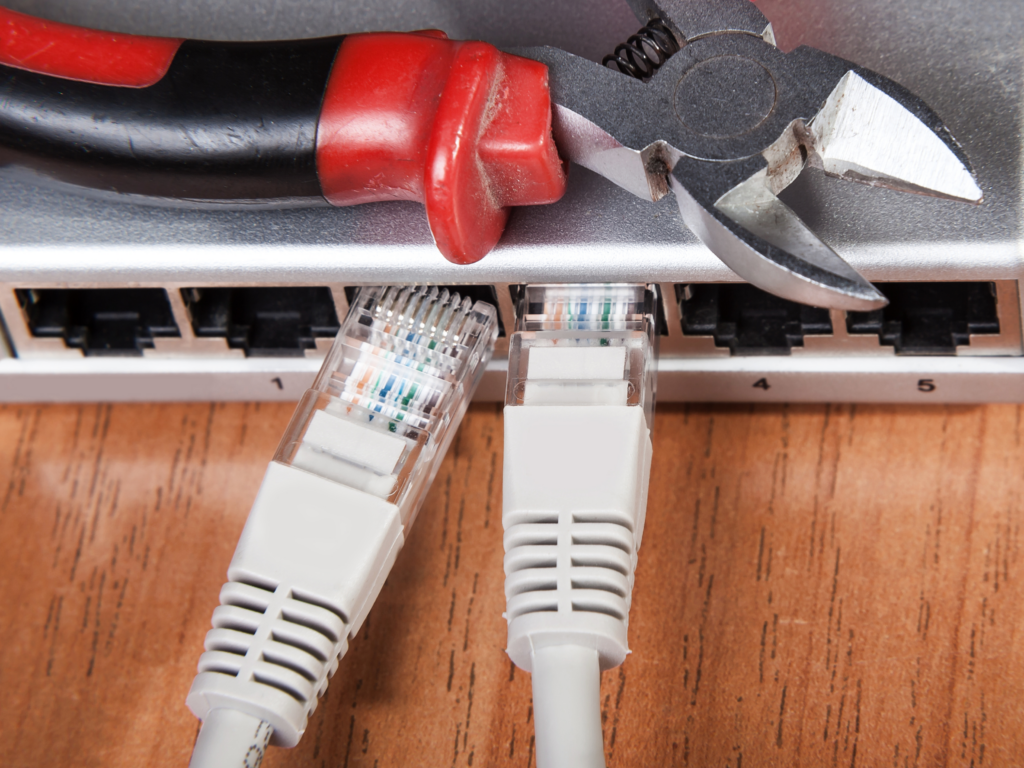Slow internet speeds can be a major headache, but troubleshooting the issue doesn’t have to be rocket science. By following a few simple steps in how to troubleshoot internet, even the most technologically challenged can identify and resolve the problem.
First, check your internet speed using an online speed test tool to determine if you’re getting the speeds you’re paying for. If not, try restarting your router, moving closer to the router, or checking for interference from other devices.
Updating your router’s firmware and using a wired connection can also help improve speeds. Additionally, running a full system scan for malware and contacting your Internet Service Provider (ISP) if the issue persists can further diagnose and resolve the problem.
By following these steps, you can troubleshoot slow internet speeds like a pro and get back to enjoying a fast and reliable internet connection.
Step 1: Check Your Internet Speed
In how to troubleshoot internet slow internet, start by checking your internet speed using an online tool. Measure your download and upload speeds and compare them to what you’re paying for with your ISP. If the speeds are significantly lower, there may be an issue with your connection. Restarting your router, moving closer to the router, or checking for interference from other devices can help improve speeds. Updating your router’s firmware and using a wired connection can also enhance performance. If these steps don’t resolve the issue, contact your ISP for further assistance.
Step 2: Restart Your Router
A simple restart can often resolve slow internet issues. Unplug your router from the power source, wait for about 30 seconds, and then plug it back in. This can reset any temporary glitches or conflicts that may be causing the slow speeds. After restarting your router, check if your internet speed has improved. If not, you can try other troubleshooting steps in how to troubleshoot internet such as moving closer to the router or checking for interference from other devices. If the problem persists, you may need to contact your Internet Service Provider (ISP) for further assistance.
Step 3: Move Closer to the Router
If you’re experiencing slow internet on a wireless connection, try moving closer to the router to improve the signal strength. Walls and other obstacles can interfere with the wireless signal, so being closer to the router can help in how to troubleshoot internet. Once you’re closer to the router, check if your internet speed has improved. If it has, you may need to reposition your router or consider using a wired connection for a more stable connection. If moving closer to the router doesn’t improve your internet speed, you can try other troubleshooting steps or contact your Internet Service Provider (ISP) for further assistance.
Step 4: Check for Interference
Other electronic devices, like cordless phones and microwaves, can interfere with your wireless signal, leading to slow internet speeds. To troubleshoot this issue, try moving these devices away from your router to see if it improves your internet speed. Walls and other obstacles can also weaken your wireless signal, so consider repositioning your router to a more central location in your home. If these steps don’t improve your internet speed, you may need to explore other troubleshooting options or contact your Internet Service Provider (ISP) for further assistance.
Step 5: Update Your Router’s Firmware
In how to troubleshoot internet, ensure your router’s firmware is up to date. Manufacturers regularly release updates to address bugs and enhance performance. Updating your router’s firmware can improve internet speed and overall performance. Access your router’s settings through a web browser, locate the firmware update section, and follow the instructions to update. After updating, restart your router and check if the internet speed has improved. If not, you may need to explore other troubleshooting steps or contact your Internet Service Provider (ISP) for further assistance.
Step 6: Use a Wired Connection
If possible, try using a wired connection instead of a wireless one. Wired connections are generally faster and more reliable than wireless ones, especially if you’re experiencing slow speeds.
Step 7: Check for Malware
To troubleshoot slow internet caused by malware, run a full system scan using reputable antivirus software. This scan will check for any infections that could be impacting your internet speed. If malware is detected, follow the software’s instructions to remove it from your system. After removing the malware, restart your computer and check if your internet speed has improved. It’s also a good idea to update your antivirus software and perform regular scans to prevent future malware infections. If the issue persists, consider contacting a professional IT service for further assistance in how to troubleshoot internet.
Step 8: Contact Your ISP
If none of the above steps work in how to troubleshoot internet, it may be time to contact your ISP. There may be an issue with your connection that only they can resolve. Explain the steps you’ve already taken to troubleshoot the issue, as this can help them diagnose the problem more quickly.
Conclusion
Slow internet speeds can be frustrating, but troubleshooting the issue doesn’t have to be. By following a few simple steps, you can often identify and resolve the problem.
First, check your internet speed using an online speed test tool. Compare the results to what you’re paying for with your Internet Service Provider (ISP). If the speeds are significantly lower, there may be an issue with your connection.
Next, try restarting your router and modem. Unplug them from the power source, wait for about 30 seconds, and then plug them back in. This can reset any temporary glitches or conflicts that may be causing the slow speeds.
If that doesn’t work, try moving closer to your router if you’re using a wireless connection. Walls and other obstacles can interfere with the signal, so being closer to the router can help strengthen the connection.
You can also check for interference from other electronic devices, such as cordless phones or microwaves, which can disrupt your wireless signal.
If none of these steps work on how to troubleshoot internet, contact your ISP for further assistance. They may be able to identify and resolve the issue or offer other solutions to improve your internet speed.
About Bytagig
Bytagig is dedicated to providing reliable, full-scale cyber security and IT support for businesses, entrepreneurs, and startups in a variety of industries. Bytagig works both remotely with on-site support in Portland, San Diego, and Boston. Acting as internal IT staff, Bytagig handles employee desktop setup and support, comprehensive IT systems analysis, IT project management, website design, and more.

